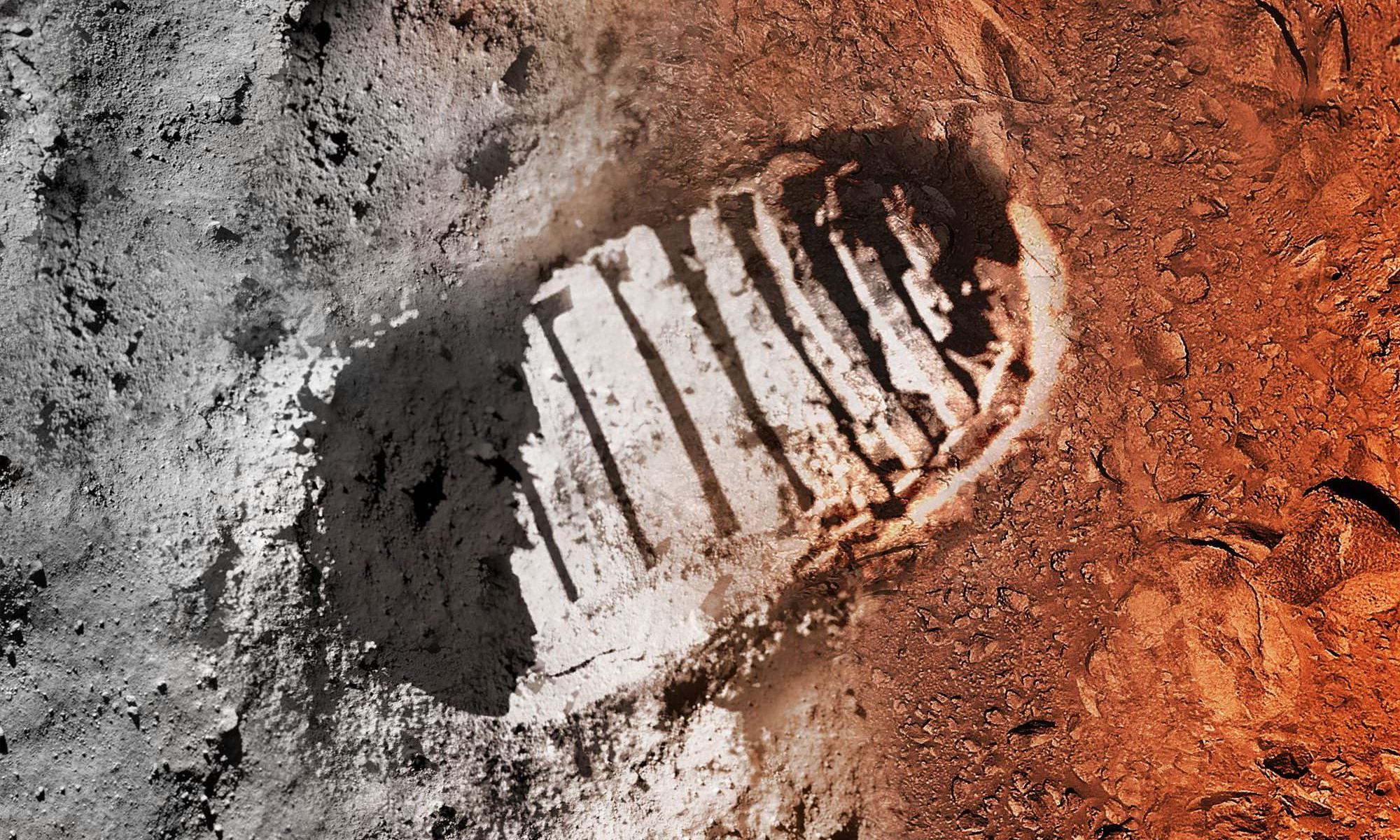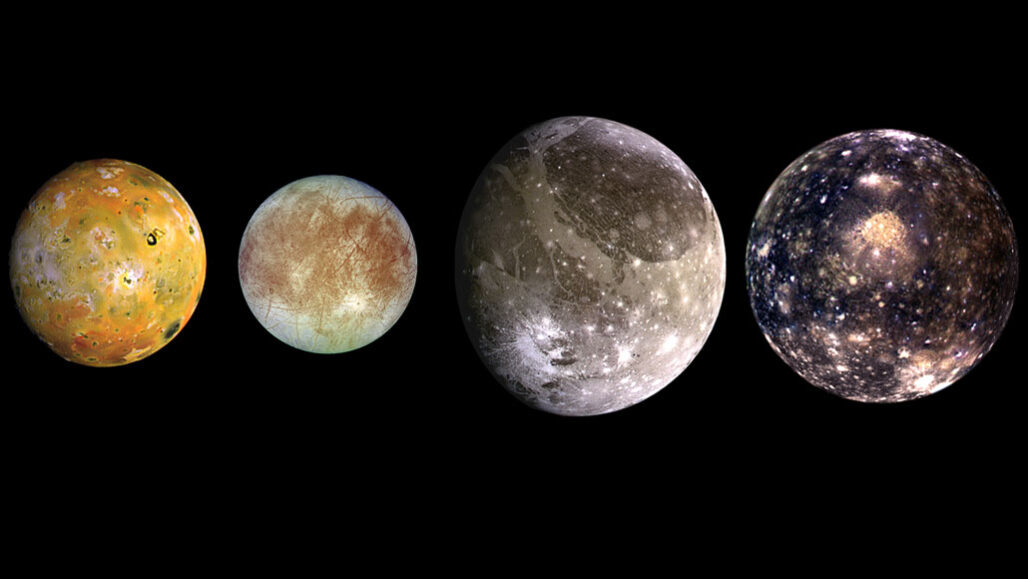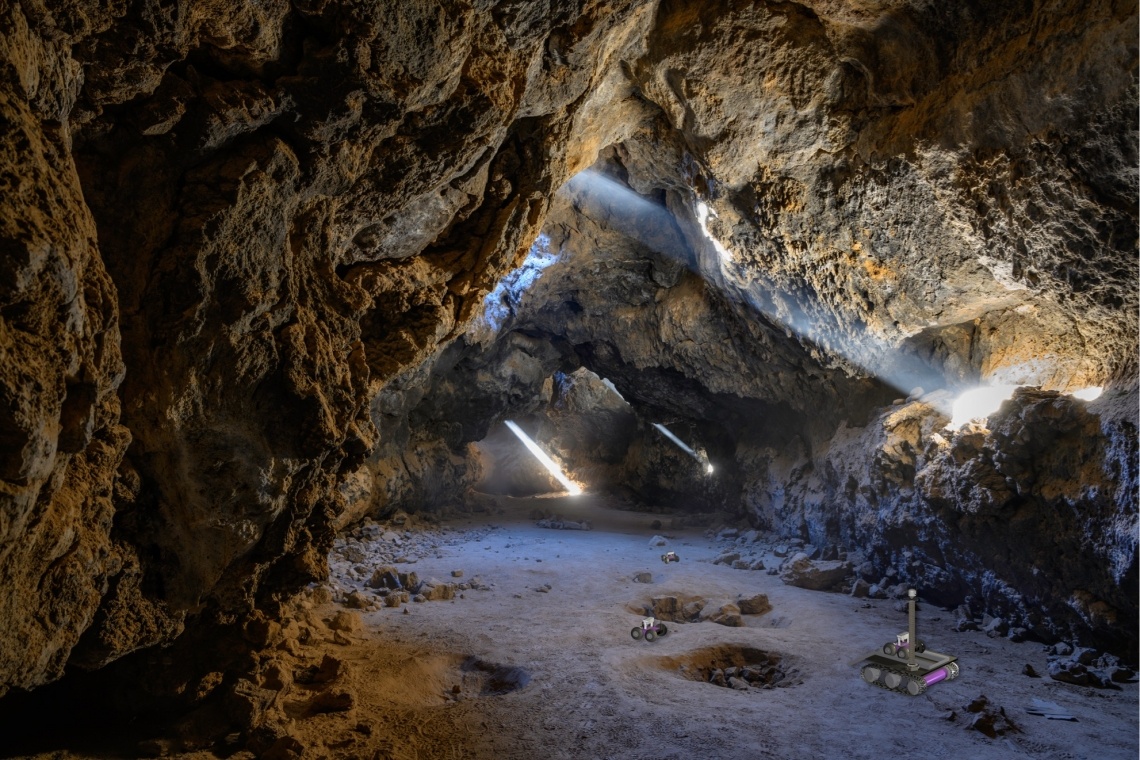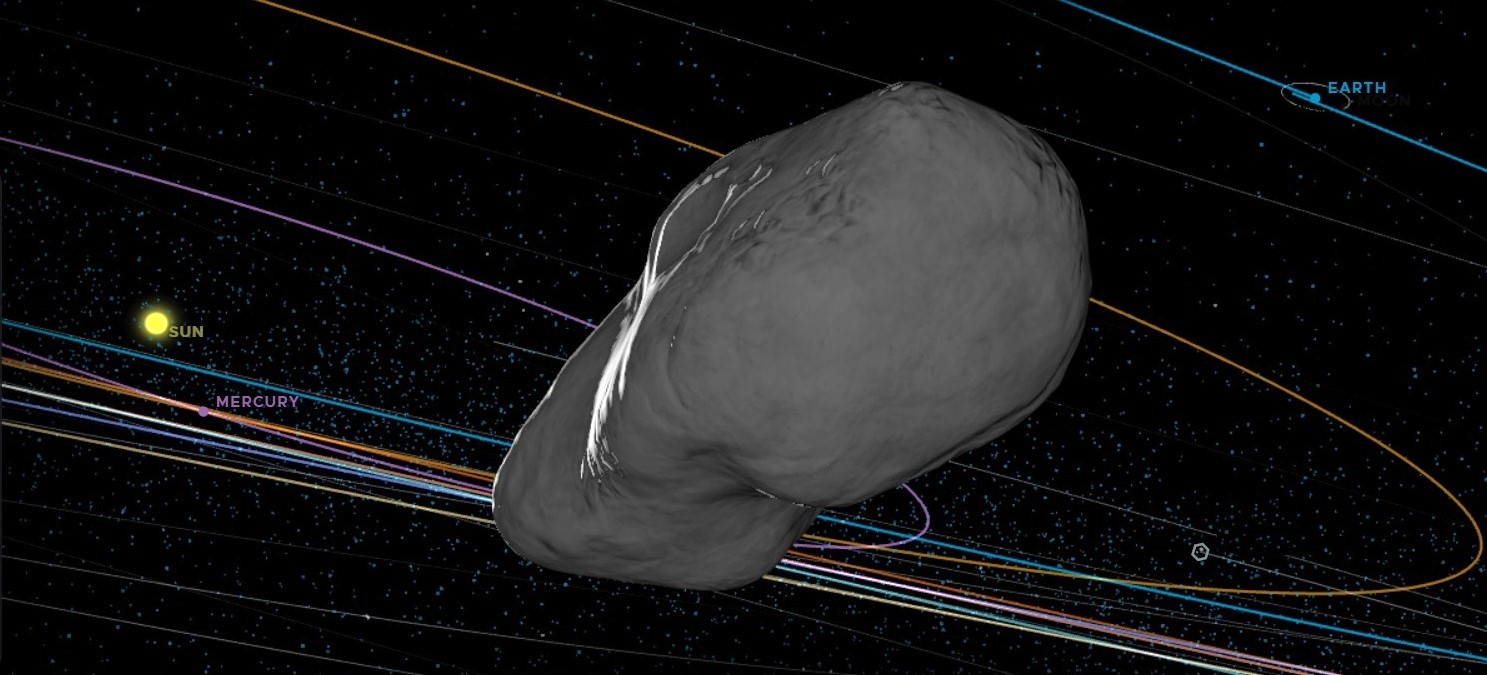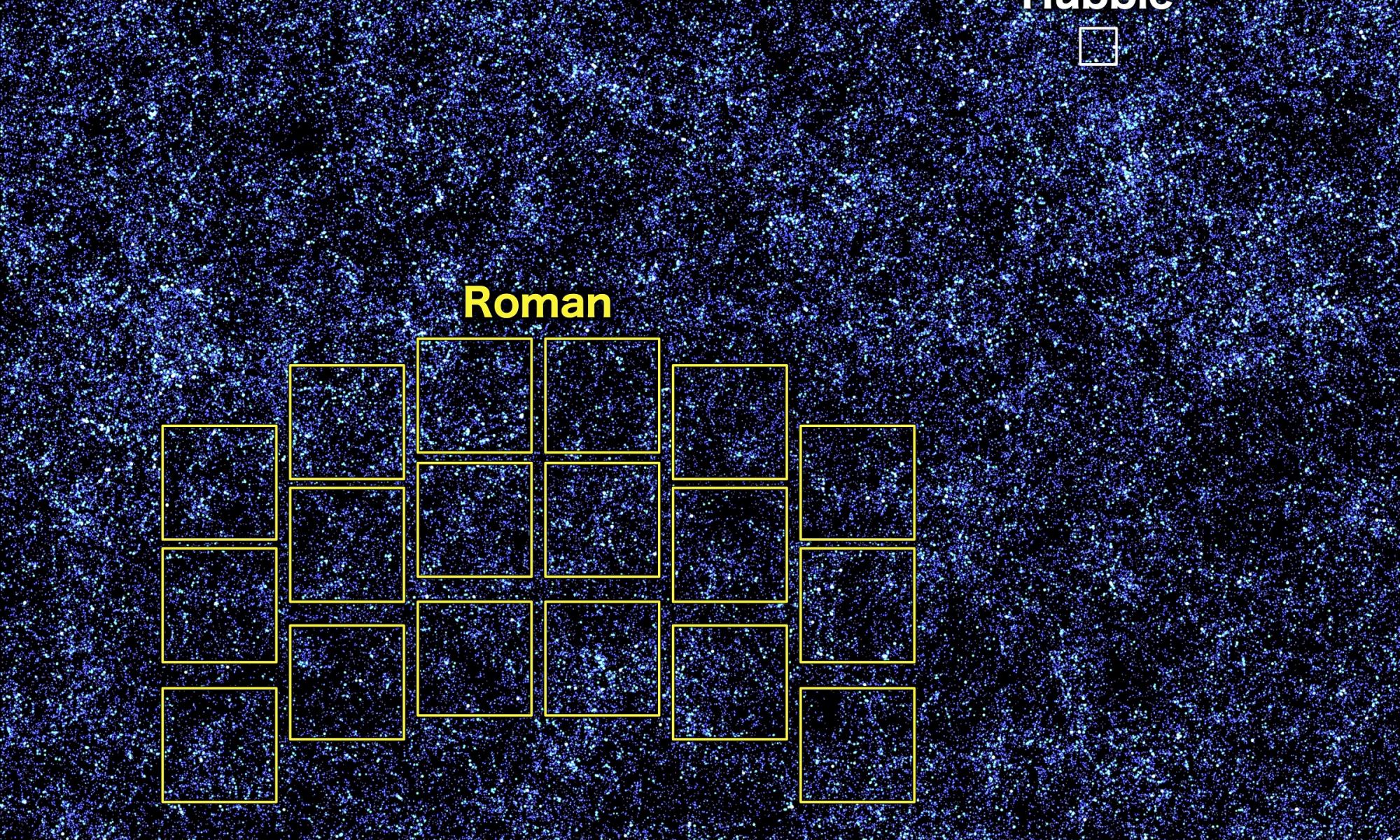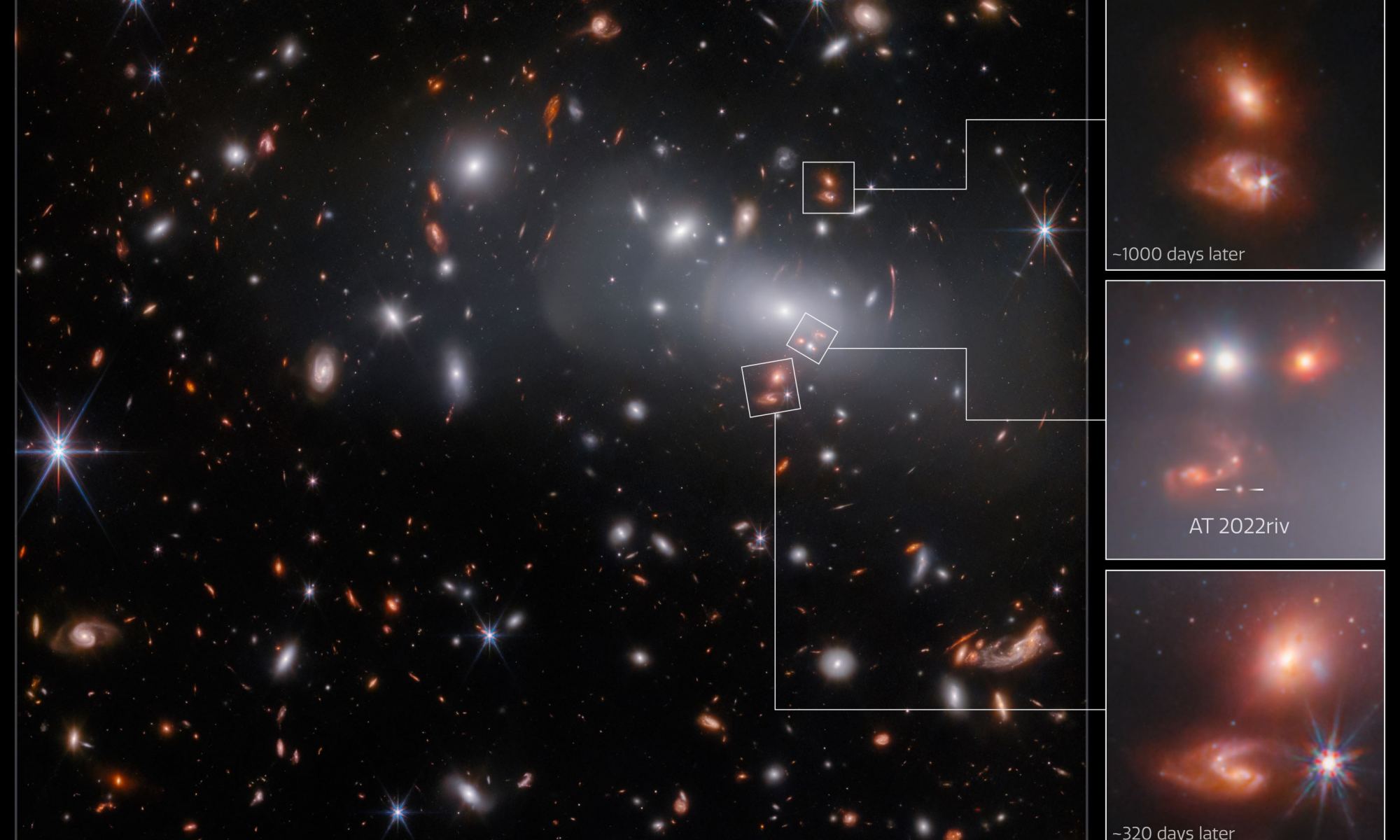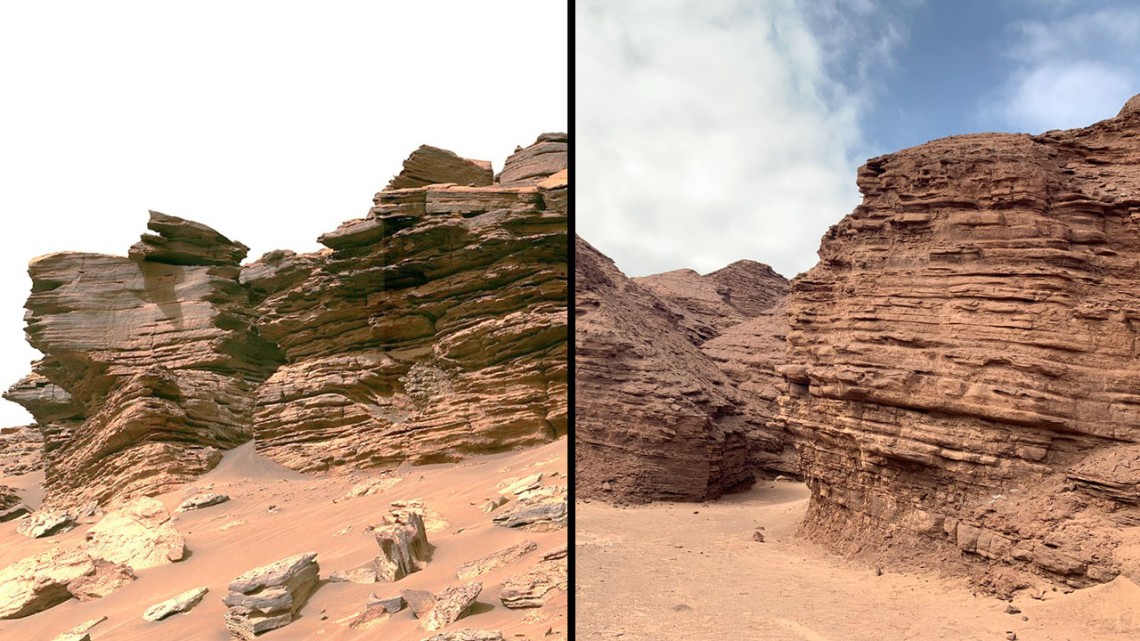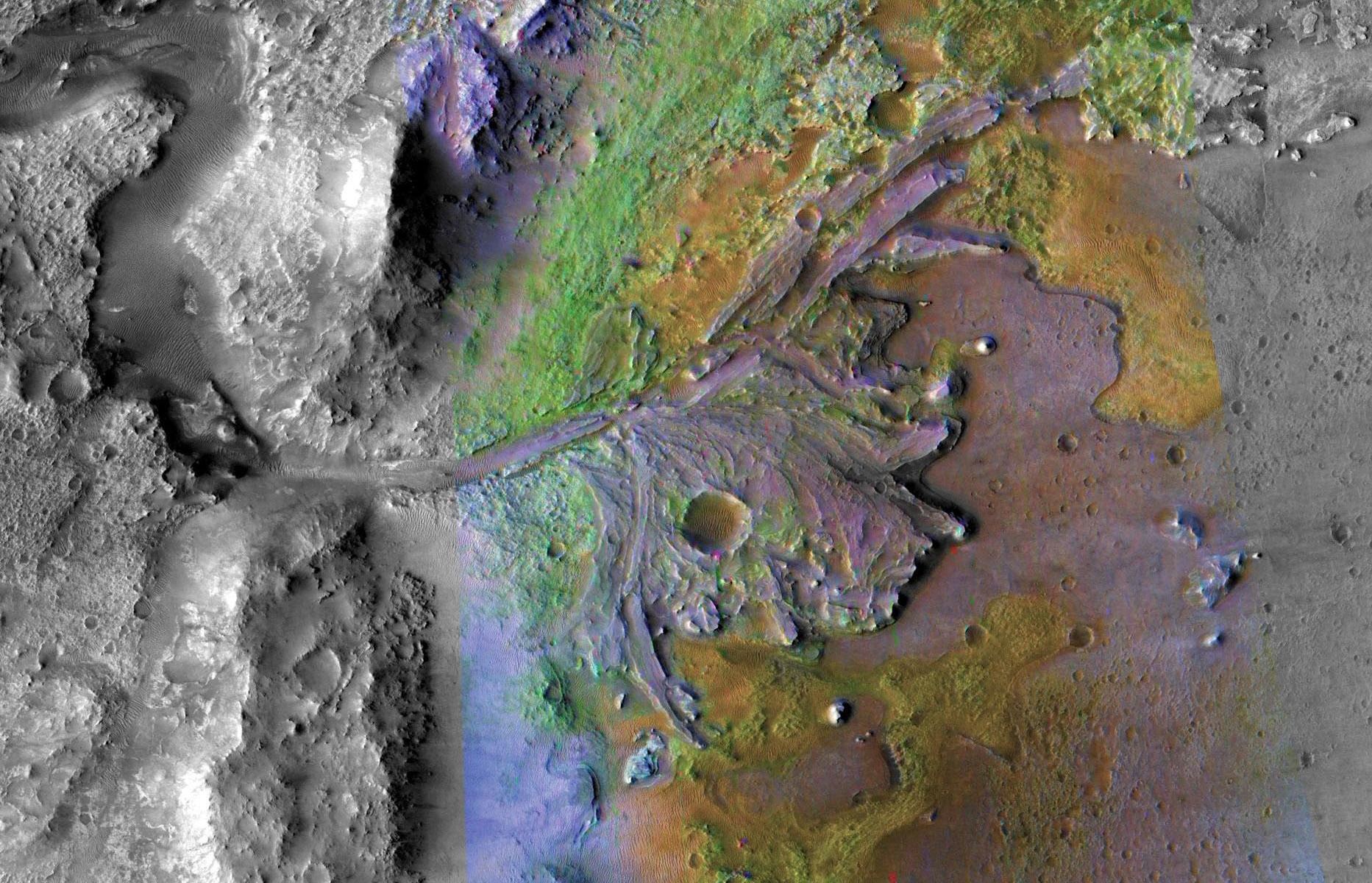This past summer (June 14th to June 16th), representatives from the public space sector, the commercial space industry, and academic institutions convened at George Washington University in Washington D.C. for The Ninth Community Workshop for Achievability and Sustainability of Human Exploration of Mars. The invitation-only event was hosted by Explore Mars, Inc., a non-profit organization dedicated to fostering international collaboration and cooperation between government and industry to achieve the human exploration of Mars by the 2030s.
The purpose of this workshop is to identify activities that will help prepare for missions to Mars by the 2030s. In particular, the workshop sought to address how a sustainable program of human Martian exploration can be achieved. The highlights of this event were recently shared with the release of the Achieve Mars (AM) IX Report, which established priorities and science objectives for future missions to Mars. The authors also made several recommendations for how cutting-edge technologies could play a role, how the health and safety of astronauts can be assured, and how Mars and Earth can be protected from possible contamination.
;.
